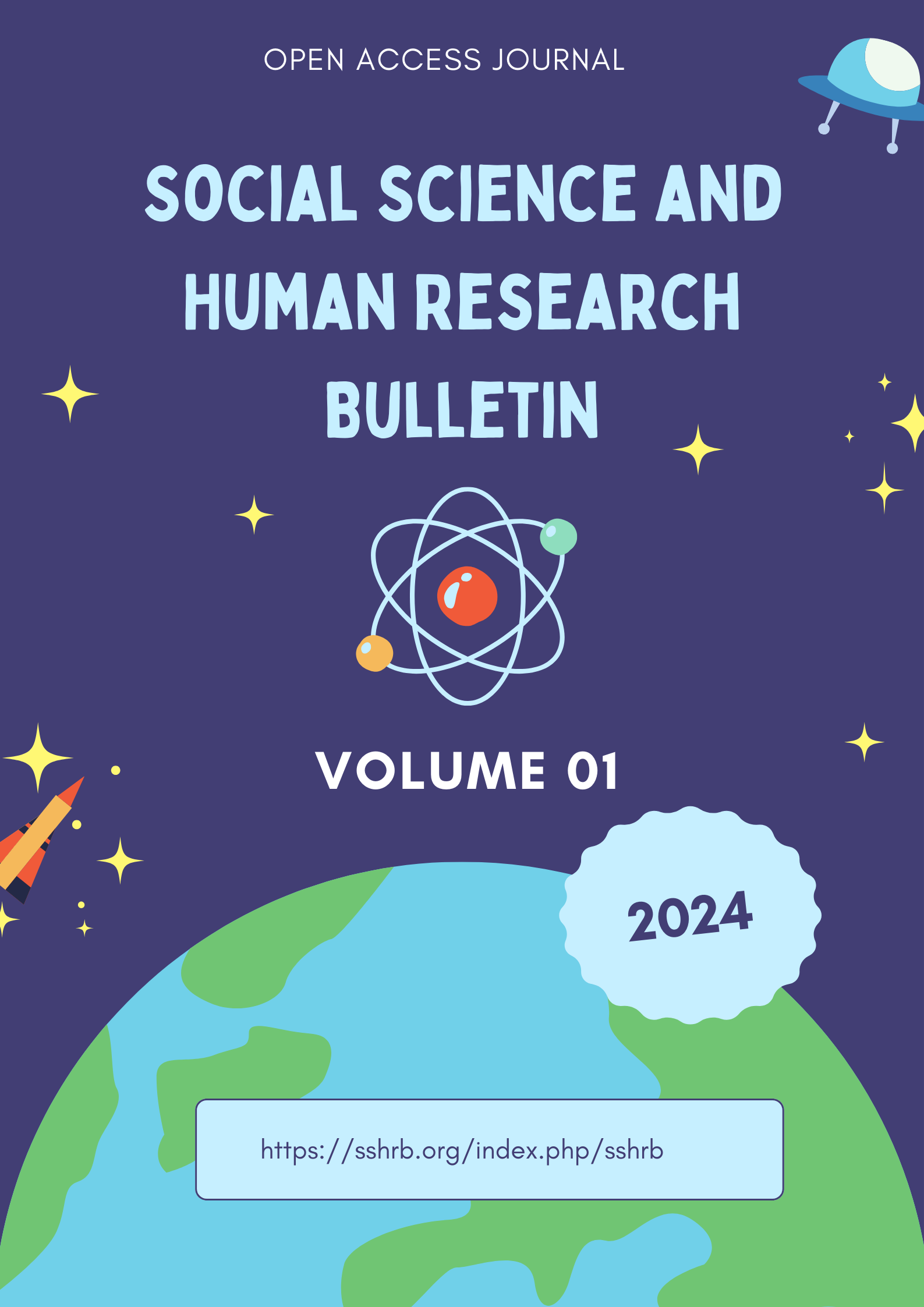Homelessness and Social Crimes among Adolescents in Ilala District, Tanzania
Keywords:
Adolescents; Homelessness; Social Crimes; Ilala DistrictAbstract
This study was done in order to examine the determinants of homelessness and social crimes among adolescents in Ilala District; and expose the noticeable effects and ways to alienate its severity. Qualitative approach and case study design were used to collect qualitative data through the use of interviews and focus group discussions (FGDs) within a sample population of 10 police officers, 20 homeless adolescents, 11 social workers and 09 community members, which was obtained through snowball and purposive sampling. The obtained data were subjected to thematic analysis and presented in quotations of respondents’ voices. The findings indicate that most adolescents become homeless due unresolved family conflicts and suicidal attempts imposed to them, and deaths of parents and relatives’ dismissals, thus, enforced to engage in robbery, illegal drug dealing, commercial-sex work (prostitution), and kidnapping or raping young peddlers along streets for their survival. Those who happen to engage in such social crimes do face psychological complications, physical harms/burns, poor health supports and deaths, together with lockups and imprisonments. Therefore, as proposed by respondents in the study, the government authorities should set funds in order to either accommodate the homeless adolescents or send them back in their homelands, so as to uproot all the hooligans’ gangs that seem detrimental in the communities and maintain social homeostasis.
References
Bardine, D. (2008). Issues Brief: Consequences of Youth Homelessness. A National Network for Youth Resource. Retrieved from https://www.nn4youth.org/wp-content/uploads/Issue-Brief_Consequences-of-Youth-Homelessness.pdf on October 15, 2023.
Cohen, L., Manion, L. & Morrison, K. (2007). Research methods in education, 6th Edition. London: Routledge.
Daniel, N. (2017). Homeless Youth in Tanzania: Causes, Consequences and Policy Implications. African Journal of Social Work, 3(2), 23-34.
Ferguson, K. M. (2009). Exploring family environment characteristics and multiple abuse experiences among homeless youth. Journal of Interpersonal Violence, 24, 1875– 1891.
Gasana, J. (2015). Homelessness among children in Rwanda: A review of the literature. Journal of Education and Practice, 6(17), 122-129.
Heinze, H. J., Jozefowicz, D. M. H., & Toro, P. A. (2010). Taking the youth perspective: Assessment of program characteristics that promote positive development in homeless and at-risk youth. Children and Youth Services Review, 32(10), 1365– 1372.
Koh, H. K., & O’Connell J. J. (2016). Improving health care for homeless people. Jama. 316(24):2586–2587. doi:10.1001/jama.2016.18760.
Kopok, A. P. (2015b). The Problem of Street Children in Africa: An Ignored Tragedy.
Mallett, S., Rosenthal, D., Keys, D., & Averill, R. (2009). Moving Out, Moving On: Young People’s Pathways in and Through Homelessness. London: Routledge
McCann, E., & Brown, M. (2019). Homelessness among youth who identify as LGBTQ+: A systematic review. Journal of clinical nursing, 28(11-12), 2061-2072.
Rosario, M., Schrimshaw, E. W., & Hunter, J. (2012). Homelessness among lesbian, gay, and bisexual youth: Implications for subsequent internalizing and externalizing symptoms. Journal of youth and adolescence, 41, 544-560.
Roy, J. (2007). New program works to keep teens off streets. Daily Bruin. Retrieved from https:// www.dailybruin.ucla.edu/news/2007/apr/10 on October 15, 2023.
Tyler, K. A. & Schmitz, R. M. (2013). Family histories and multiple transitions among homeless young adults: Pathways to homelessness. Children and youth services review, l.35(10), 1719–1726.
Tyler, K. A., & Schmitz, R. M (2018). Child abuse, mental health and sleeping arrangements among homeless youth: links to physical and sexual street victimization. Children and youth services review, 95,327–333. https://doi.org/10.1016/j.childyouth.2018.11.018
Unger, J. B., Simon, T. R., Newman, T. L., Montgomery, S. B., Kipke, M. B., & Albornoz, M. (1998). Early Adolescent Street Youth: An Overlooked Population with Unique Problems and Service Needs. Journal of Early Adolescents, 18(4), 325-348
Whitbeck, L. B., Hoyt, D. R., & Ackley, K. A. (1997). Families of homeless and runaway adolescents: A comparison of parent/caretaker and adolescent perspectives on parenting, family violence, and adolescent conduct. Child Abuse and Neglect, 21, 517–528
Woan, J., Lin, J., & Auerswald, C. (2013). The health status of street children and youth in low- and middle-income countries: a systematic review of the literature. Journal of Adolescent Health, 53(3), 314–321.e12. https://doi.org/10.1016/j.jadohealth.2013.03.013
Zhao, E. (2023). The key factors contributing to the persistence of homelessness. International Journal of Sustainable Development & World Ecology, 30(1), 1-5, DOI:10.1080/13504509.2022.2120109
Zima, B. T., Bussing, R., Bystritsky, M., Widawski, M. H., Belin, T. R., Benjamin, B. (1999). Psychosocial stressors among sheltered homeless children: relationship to behaviour problems and depressive symptoms. Am J Orthop 69(1), 127–133

